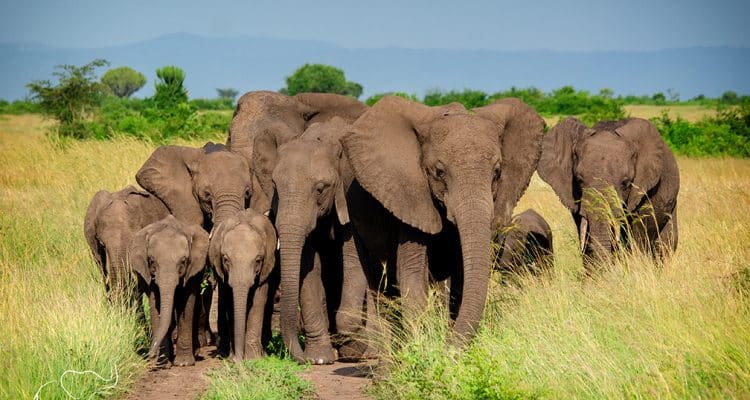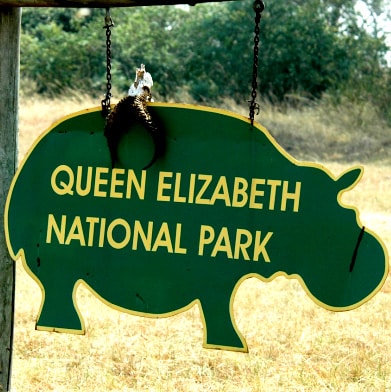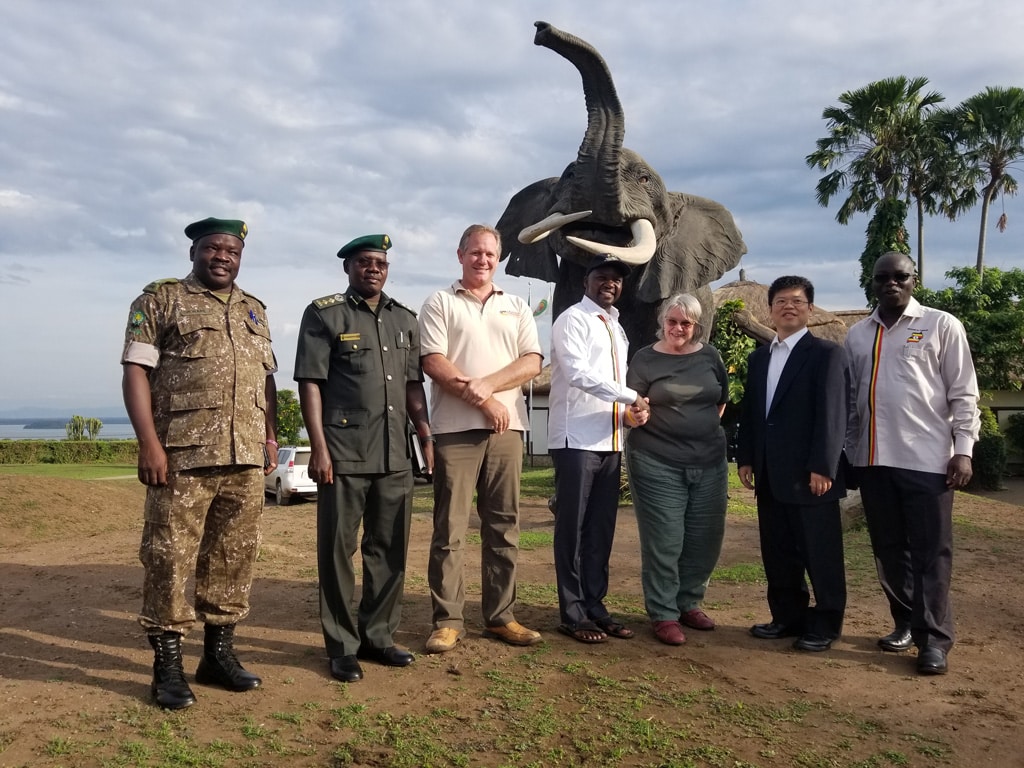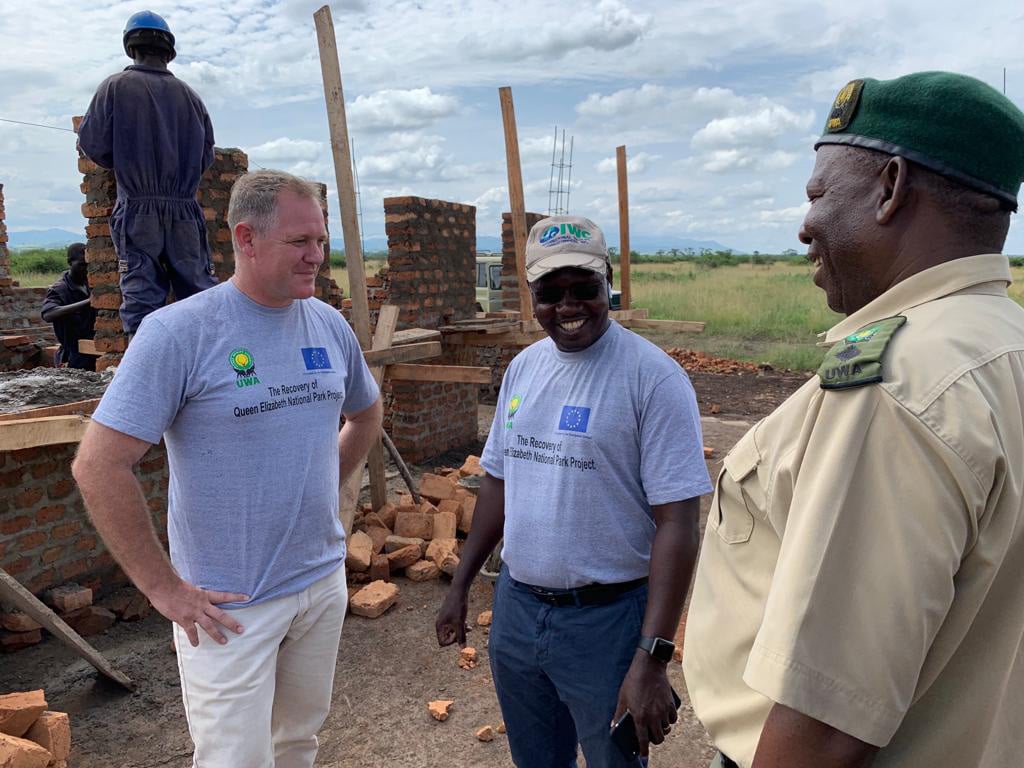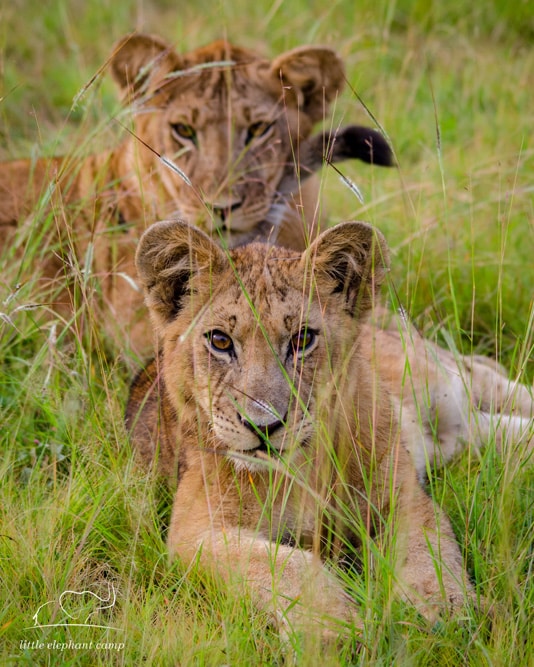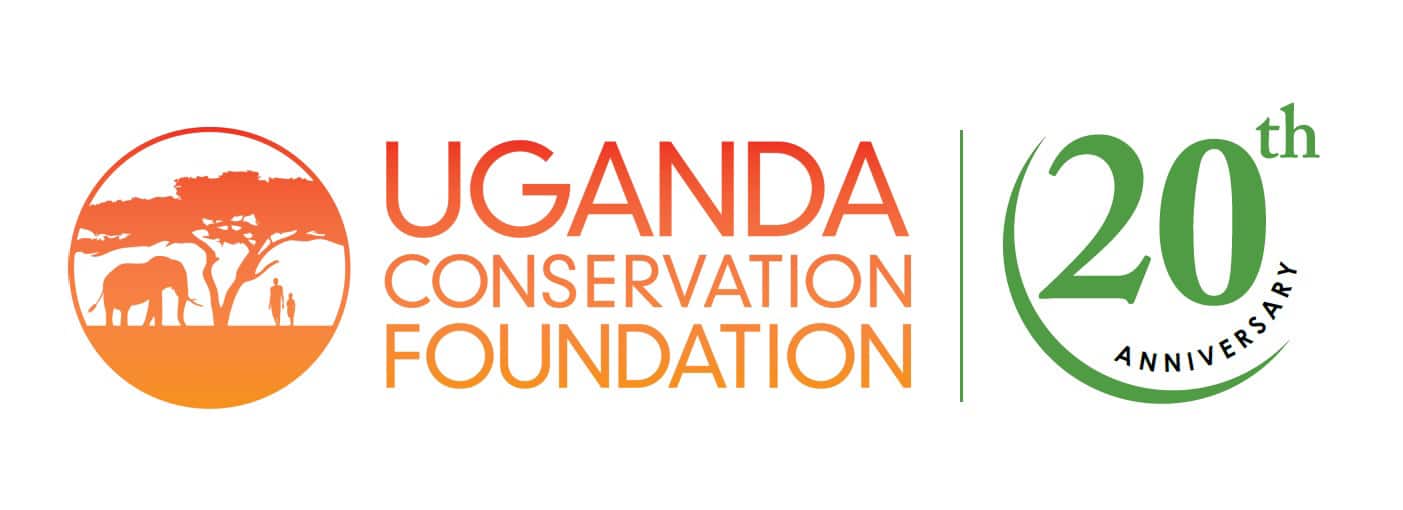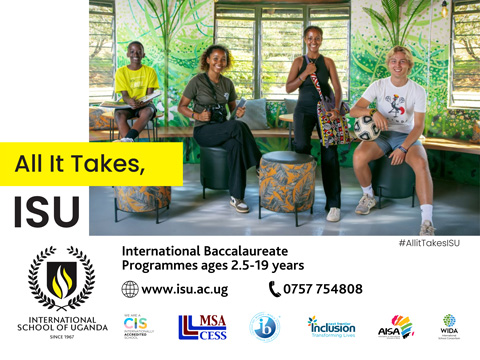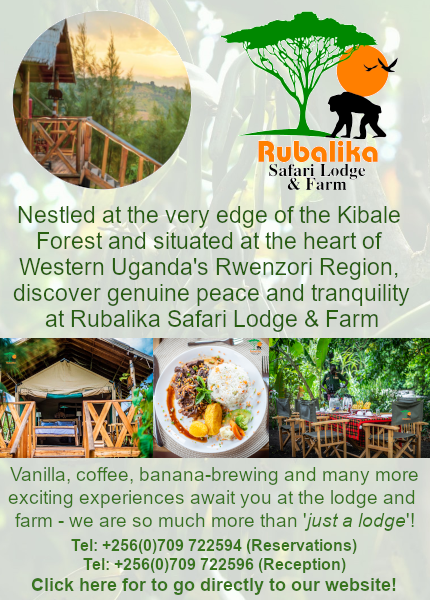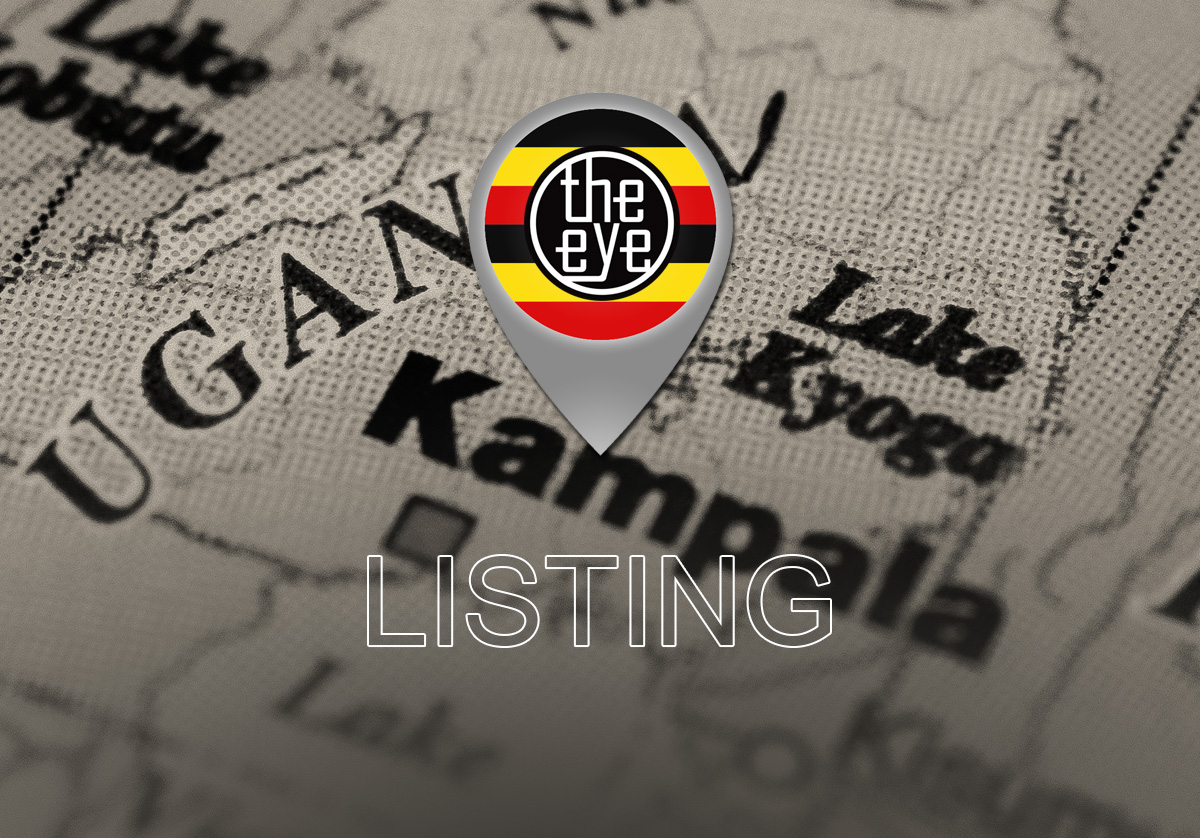The QE carnivore recovery strategy
The QE carnivore recovery strategy is making progress but it will take time to take effect.
Recently there have been devastating losses including three lions being electrocuted by a lodge illegally hooking its electric fence to the Umeme power lines. UWA was unaware this was happening; it was a terrible blow to everyone working to protect them.
Another devastating incident was the poisoning of lions in Ishasha. The gangs responsible were found and prosecuted by UWA. The poisons used are incredibly dangerous to humans too, and in many countries, including Kenya, they are banned by law. Arguably they should be in Uganda too.
UCF and UWA have worked to prevent such incidents and ensure teams can respond safely and professionally. These incidents kill not just lions and vultures but much wildlife in the vicinity. One critical intervention has been to host wildlife poison management courses by expert, Andre Botha from the Endangered Wildlife Trust in South Africa. Two series of courses have been completed in QE, Murchison Falls and Kidepo Valley National Parks.

